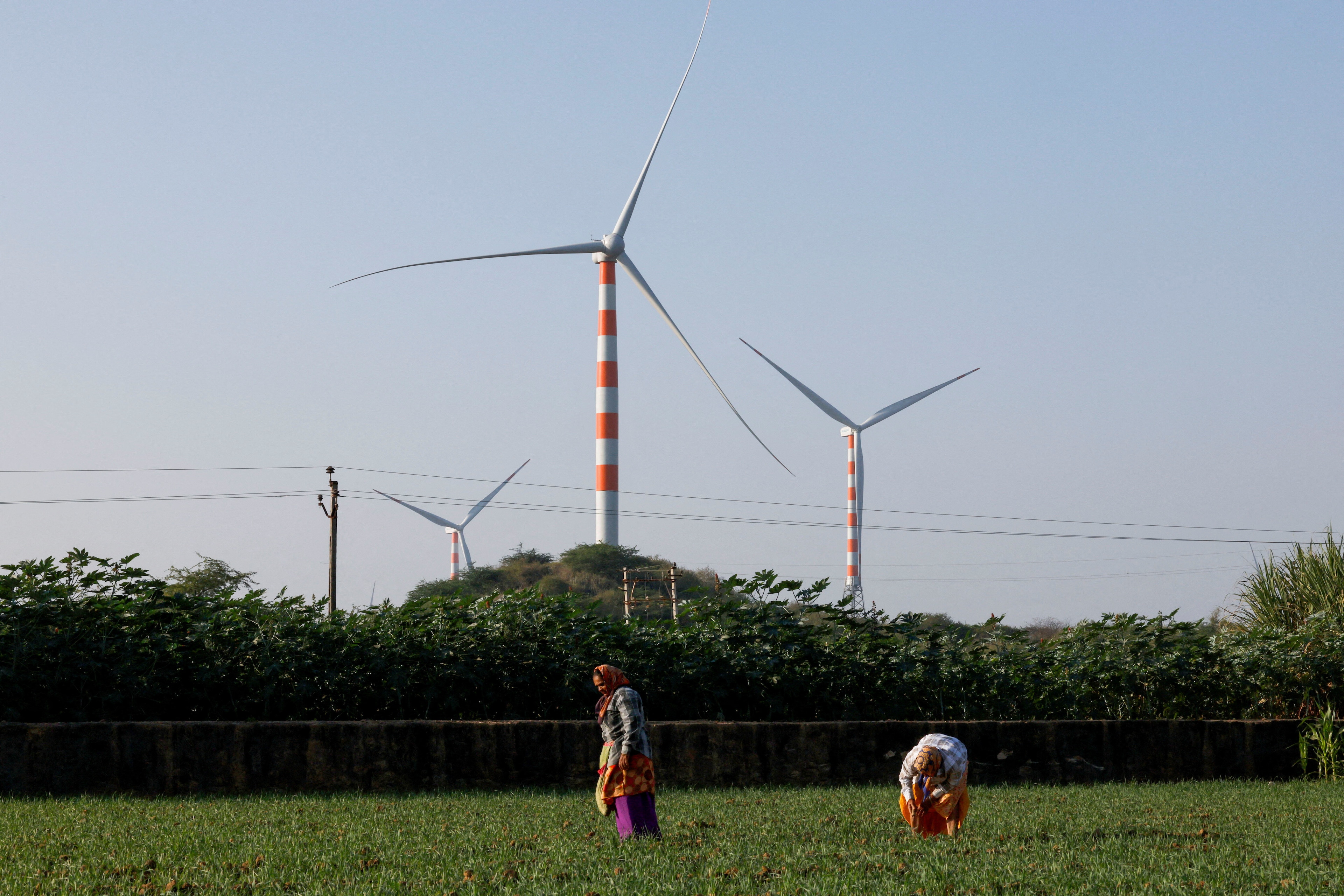The innovation that could speed up the rollout of electric vehicles

Experts have explored the benefits of existing utility pole and streetlight infrastructure to install EV chargers.
Image: UNSPLASH/Andrew Roberts
Explore and monitor how Mobility is affecting economies, industries and global issues
Stay up to date:
Mobility
- The Biden Administration and U.S. automakers set a goal for electric vehicles to become 50% of new vehicle sales by 2030.
- To achieve this, EVs must be made more affordable and 1.8 million public charging stations must be installed, which is 40 times the figure currently available in America.
- Pole-mounted charging could help fill this gap, according to new research.
- This technique involves using existing utility pole and streetlight infrastructure to install the EV chargers.
- Experts explain below why this is an effective way forward.
In 2021, the Biden Administration and American automakers, set a goal for electric vehicles (EVs) to make up 50% of new vehicle sales by 2030. Achieving this ambitious target will not be possible without making EVs more affordable to everyone and a corresponding effort to install over 1.8 million public charging stations — 40 times the current volume of chargers in the United States.
For this monumental infrastructure buildout to be successful at enabling mass EV adoption, public charging access must be equitably distributed to support all drivers — especially in areas where residents use on-street parking. Achieving this will require EV chargers located at the curbside, a type of installation limited by high installation costs and crowded curbsides. To navigate these challenges, a new approach has emerged: using existing utility pole and streetlight infrastructure to install EV chargers, or pole-mounted charging.
The pole-mounted charging opportunity
Several cities across the United States are piloting pole-mounted chargers (PMCs) but only one, Los Angeles, has scaled this solution with over 450 PMCs.
Gathering insights from over 30 stakeholders across 13 cities, a new WRI working paper funded by the UPS Foundation, details learnings from existing pole-mounted charging programs and outlines preliminary guidance for U.S. cities and utilities interested in taking advantage of this solution:
1. Lower costs, more chargers:
WRI’s research finds that compared to ground-mounted chargers, PMCs yield installation cost savings up to 55% and overall cost reductions of 30% by using existing electrical connections and avoided costs associated with construction, materials, and labor. This means more chargers can be deployed for the same amount of public and private investments. Additionally, PMCs preserve valuable space for pedestrians and the growing list of services facilitated at the curb.
2. PMCs can help enable more equitable charger distribution:
Less than 10% of US residents have public EV charging located within a 1/4 mile of their home. Additionally, Black and Latinx communities have disproportionately less access to this infrastructure. PMCs can serve drivers without access to charging at home. By prioritizing equitable access and input from local community engagement during the site selection process for chargers, PMCs can support those with the least access to this infrastructure.
3. Support ridehailing electrification:
Companies including Uber and Lyft have made commitments to completely electrify vehicles on their platform in the U.S. by 2030. However, many drivers are constrained by a lack of access to charging infrastructure. Ride-hailing companies can inform charger placement and potentially help finance PMCs to support near-home charging for drivers.
4. Efficient and flexible installations:
PMC installations can be completed in a matter of hours, compared to the weeks it can take to install a ground-mounted unit. In addition, the modularity of PMCs allows chargers to be relocated to different poles with relative ease, making public chargers adaptable assets that can meet the everchanging needs of the curbside.
5. Elevated equipment:
PMCs can be mounted several feet up on a pole, providing several benefits including resiliency in flood-prone areas, vandalism reduction, and keeping equipment up and away from passing traffic.
Looking forward
Pole-mounted charging offers a cost-effective and creative approach for siting and installing public charging stations. In addition, they present an important tool that can help expand access to charging within U.S. cities. This isn’t, however, a one-size-fits-all solution — utility pole and streetlight infrastructure can vary significantly from one city to another, and PMC installations alone cannot match the projected demand for charging.
What's the World Economic Forum doing about the transition to clean energy?
Using the guidance and insights developed by WRI, cities and utilities interested in deploying PMCs should assess if it is a strategy well-suited to their local context and determine how PMCs could support the creation a comprehensive public charging network.
Accept our marketing cookies to access this content.
These cookies are currently disabled in your browser.
Don't miss any update on this topic
Create a free account and access your personalized content collection with our latest publications and analyses.
License and Republishing
World Economic Forum articles may be republished in accordance with the Creative Commons Attribution-NonCommercial-NoDerivatives 4.0 International Public License, and in accordance with our Terms of Use.
The views expressed in this article are those of the author alone and not the World Economic Forum.
Forum Stories newsletter
Bringing you weekly curated insights and analysis on the global issues that matter.
More on Energy TransitionSee all
Valentin Chomel and Jacques-Alexis Verrecchia
August 14, 2025
Gaurav Upadhyay and Labanya Prakash Jena
August 8, 2025
David Timis
August 8, 2025
Forum Stories
August 6, 2025
Marina Colombo and Lynn Kappes
August 6, 2025
Sverre Alvik
August 5, 2025








